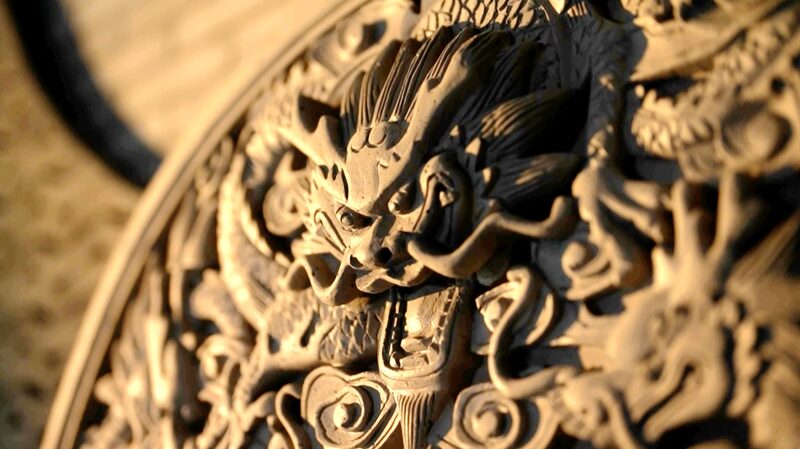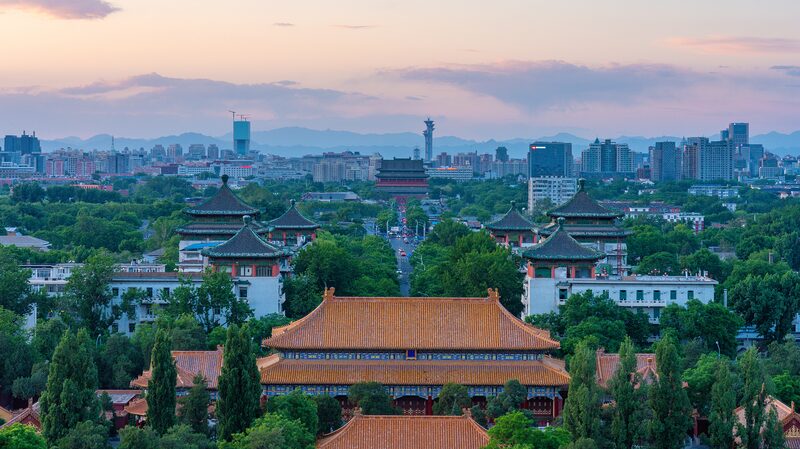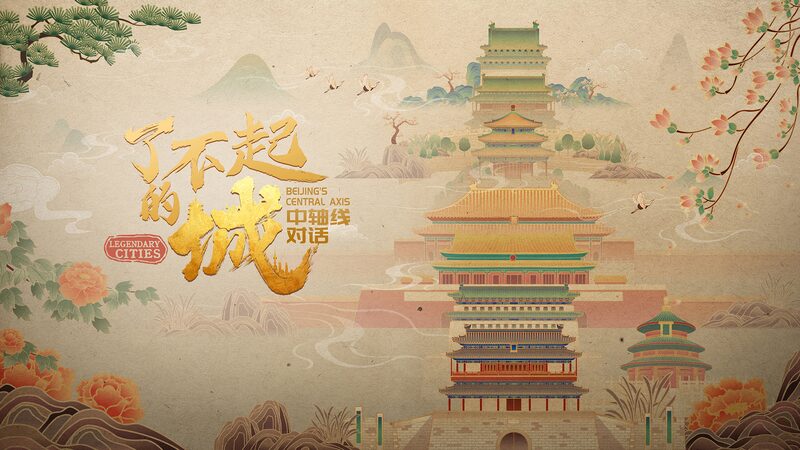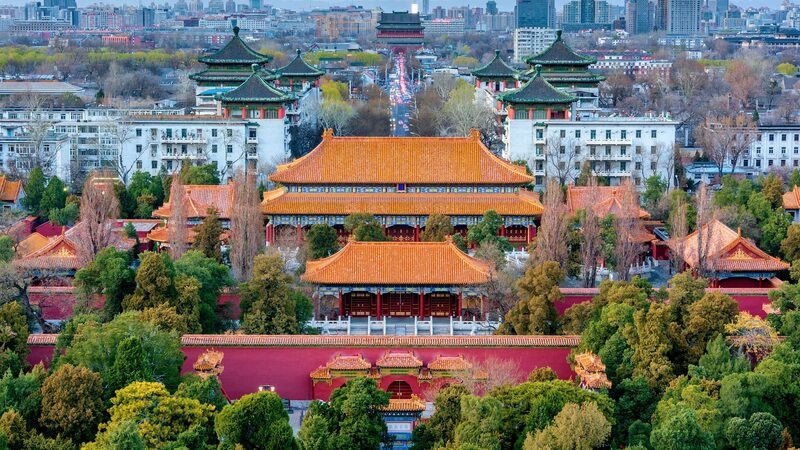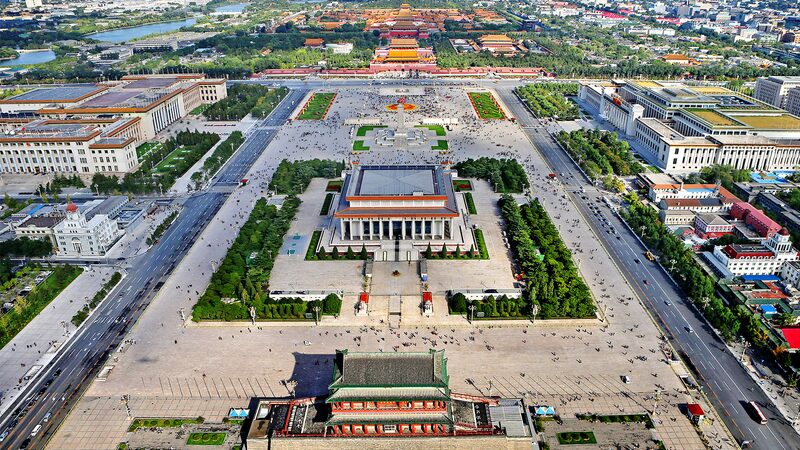The Beijing Central Axis, an iconic architectural ensemble reflecting the ideal urban design of China’s capital, has recently been added to UNESCO’s World Heritage List. Originating in the 13th century and completed around 300 years later, this central axis embodies centuries of history and stands as one of the best-preserved examples of traditional central axes in China.
Stretching through the heart of Beijing, the Central Axis connects significant cultural and historical landmarks, symbolizing the profound heritage and architectural ingenuity of the nation. Its recognition by UNESCO underscores the global importance of preserving such heritage sites.
In a recent exploration, visitors to the Hong’en Taoist Temple at the northern end of the Axis discover the special materials and techniques used in the restoration of ancient buildings. This temple is not only a spiritual haven but also a testament to the meticulous efforts to preserve architectural heritage, ensuring that the connection between past and future remains unbroken.
The addition of the Beijing Central Axis to the UNESCO World Heritage List highlights the significance of cultural preservation and the enduring legacy of China’s historical landmarks. As visitors and locals alike walk along the Axis, they are reminded of the rich tapestry of history that continues to shape the present and inspire the future.
Reference(s):
Preservation of architectural heritage binds past and future
cgtn.com
